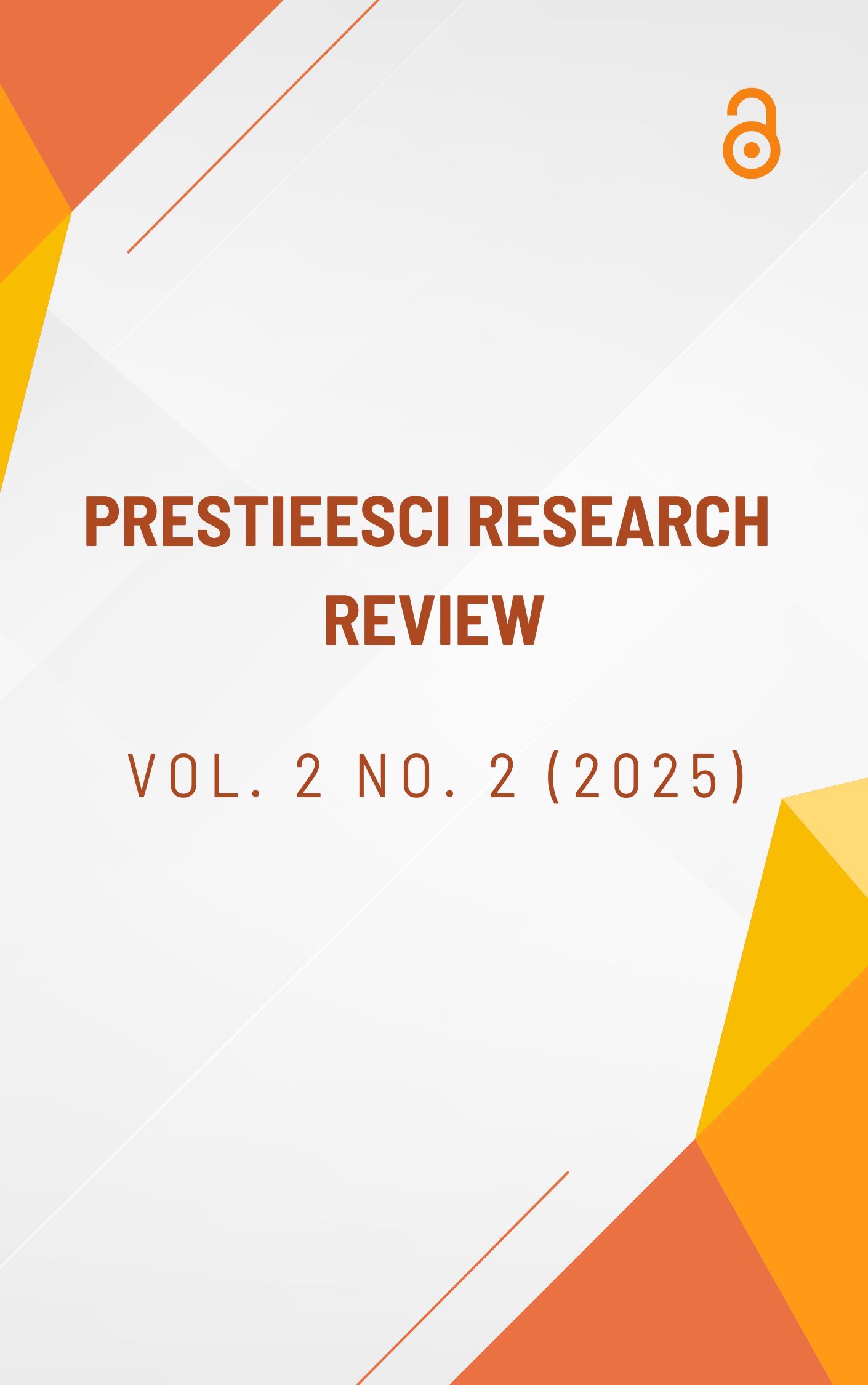AN EXAMINATION OF EDUCATORS’ EXPERIENCES WITH THE INTEGRATION OF EDUCATIONAL TECHNOLOGY INTO THE REVISED NATIONAL ENGLISH LANGUAGE CURRICULUM IN CHINA.
Keywords:
Teachers’ Experiences, Integration Educational, Technology, English Language, National Curriculum, ChinaAbstract
This article investigates the use of instructional technology in the English language classrooms of eight secondary school teachers in Beijing, China. Their views on the factors that impact technology use are also examined. Based on data analysis of classroom recordings and follow-up interviews, this study discovered that teachers did utilise the internet and other contemporary technologies in the classroom, although PowerPoint was the most often used software. Responding to professional needs for improved teaching, developing instructional materials, and easing professional growth were only a few of the many pedagogical applications of educational technology. Teachers also reported using technology to help their pupils with things like greater engagement, improved language acquisition, easier understanding, and the development of a linguistic context. The study found that there were four primary aspects that affected teachers’ technology usage: their attitudes, the availability of resources, their skill level, and their faith in technology. This study suggests that educators could gain insight into their own pedagogical concerns and requirements in regard to technology use by adopting a critical reflective stance. Continual professional development options for teachers have the potential to boost their competence and self-assurance when it comes to using technology in the classroom. This chapter explores the intriguing history of English as a Second Language (ESL) in China and the ways in which faculty have been given the authority to adjust to changing curricula. It is becoming increasingly clear how difficult it is to put theory into practice in light of the current ecological systems in which both students and educators are caught.




